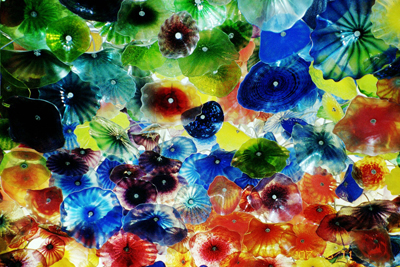All Nonfiction
- Bullying
- Books
- Academic
- Author Interviews
- Celebrity interviews
- College Articles
- College Essays
- Educator of the Year
- Heroes
- Interviews
- Memoir
- Personal Experience
- Sports
- Travel & Culture
All Opinions
- Bullying
- Current Events / Politics
- Discrimination
- Drugs / Alcohol / Smoking
- Entertainment / Celebrities
- Environment
- Love / Relationships
- Movies / Music / TV
- Pop Culture / Trends
- School / College
- Social Issues / Civics
- Spirituality / Religion
- Sports / Hobbies
All Hot Topics
- Bullying
- Community Service
- Environment
- Health
- Letters to the Editor
- Pride & Prejudice
- What Matters
- Back
Summer Guide
- Program Links
- Program Reviews
- Back
College Guide
- College Links
- College Reviews
- College Essays
- College Articles
- Back
Seeing Colors
For as long as I can remember colors have been a part of my life. Not something I focused on or really noticed, just something that was always there, floating around in front of my eyes. Each letter in the alphabet has its own color, each word is a mix of its letters’ colors, each number one through nine has a hue that makes for every number you can think of. The word “Wednesday” is orangey-red, and “communicate” is blue and pink. I thought this was normal; everybody had colors for the symbols and characters we use in everyday life. It wasn’t until I was talking to a friend of mine about the colors of his name that I realized not everybody’s mind was a mural of thoughts. It wasn’t until sophomore year that I learned I had synesthesia.
Professionally defined, synesthesia is the blending of two or more senses. It comes from the greek roots “syn”, which means together, and “aistesis”, which means perception (“Synesthesia”). In my case, when I see or hear words, letters, and numbers, I see different colors that correspond with them. There are other forms of the condition, in which people may associate sounds with colors, or sounds with tastes. This condition often isn’t harmful; in fact, people with synesthesia are prone to excelling in subjects like English, where words and letters are put together to make beautifully woven sentences and stories.
Research suggests that 1 in 2,000 people have synesthesia, and it is more common in women than in men. Synesthesia is not something that can be taught; it is biological and automatic (Carpenter). Although scientists are unsure how it works, psychologist Daphne Maurer believes that “the phenomenon is caused by a sort of cross-wiring in the brain and that the brains of synesthetes may have more neural connections than the brains of people without the condition.” Maurer believes that some of the nerves that control your senses are connected, allowing people with synesthesia to associate something controlled by one sense with another.
Still can’t grasp the concept that for me, the numbers 3, 4, 5 are purple, green, and blue? Try thinking about it like this. If I showed you a picture of a banana, but there was no caption labeling it a banana, your brain would still think “banana”. Synesthesia is the same way. When I see the letter ‘s’, I automatically think green.
Many people aren’t even aware they have synesthesia; they are like I was before I found this diagnosis. I thought it was normal, and that everybody’s t’s are blue and u’s are pink. Synesthesia offers an explanation as to why English has always been my favorite subject, or why I blend colors together in a certain way. Having synesthesia doesn’t hold me back in any way, it just makes life a bit more…colorful.

Similar Articles
JOIN THE DISCUSSION
This article has 0 comments.
